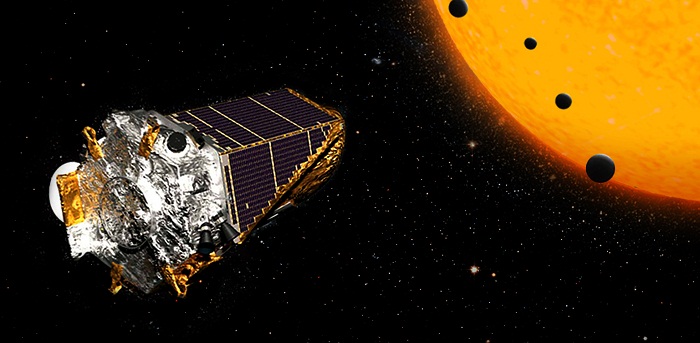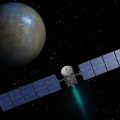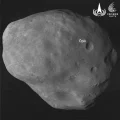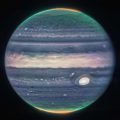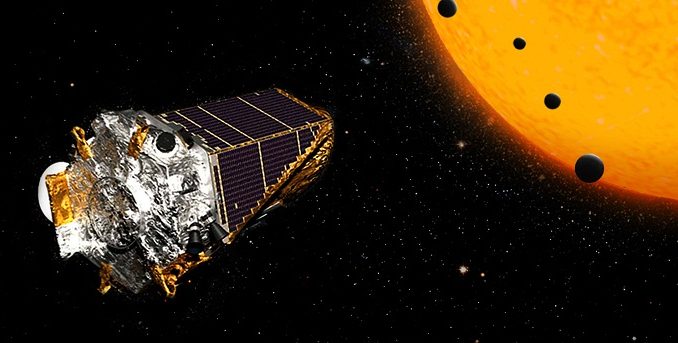
NASA: Researchers from the University of Arizona and a team of international astronomers have confirmed the existence of 104 exoplanets.
This extraordinary discovery thus marked the biggest planet hunt by the Kepler Space Telescope in its second outing. Kepler, now known as K2, should have been put out of commission by the hardware failure in 2013.
But some excellent engineering works from experts gave it a second life, and now it is actively continuing its planet-hunting mission. NASA announced this new record-breaking haul on July 19, 2016.
The new finding also includes a group of four exoplanets orbiting the same star. The astronomers believe that these potentially rocky worlds will have similar geographical conditions to our Earth.
This is not the first time that Kepler is making startling discoveries like these. As of now, it has confirmed the presence of more than 2000 exoplanets, and most of them are habitable in nature. In its second phase of the mission, this is the largest planetary confirmation made by K2.
According to lead author Ian Crossfield, “An analogy would be to say that Kepler performed a demographic study, while the K2 mission focuses on the bright and nearby stars with different types of planets,”
In normal cases, Kepler finds exoplanets by studying similar stars like the sun and regular dip in brightness levels.
These regular dips are caused by planets that are being orbited between the Kepler and the star. Later, the presence of these planets will be confirmed after conducting follow-up studies using ground-based telescopes. There were 197 candidate planets in this study, and after the investigation, the team confirmed 104 exoplanets.

